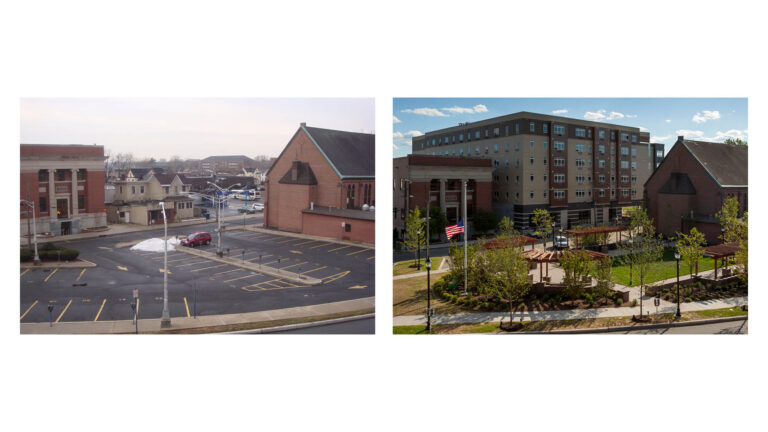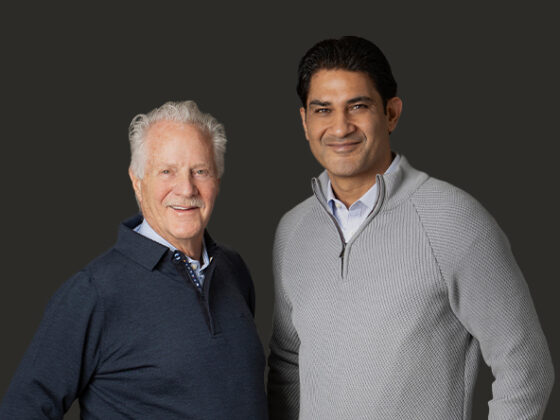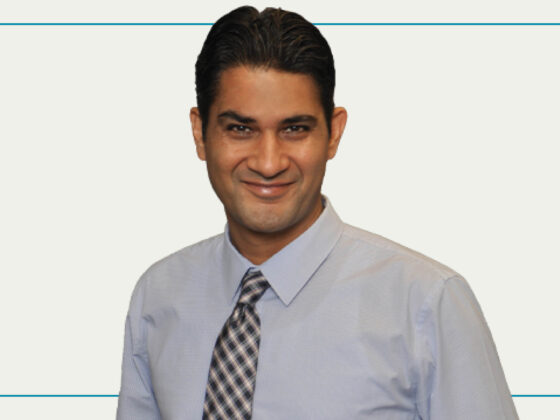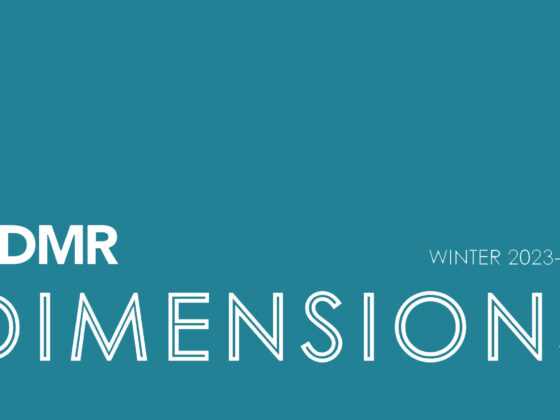In our continuing series of interviews with members of the Rutgers Center for Real Estate’s Advisory Board and Emerging Leaders Council, Kevin Riordan (KR) of the Center sat down with Lloyd Rosenberg AIA (LR), President & CEO of DMR Architects to get his insights and perspectives on the firm and its business model.
KR: Lloyd, while your company’s name includes the word ‘Architect’, your firm is actually involved in a number of various design and planning initiatives. Please give our readers an overview of how your firm evolved and the different segments of the real estate business you currently serve.
LR: Given my background as an architect, the firm started out in 1991 with that as its primary focus. However, an interesting confluence of events began to occur which caused our company to expand beyond our basic discipline of architecture. First, we recognized that our clients were not singularly focused on delivering solely built environments, but rather, we saw there were opportunities to work with our clients to build, expand and plan entire communities and environments. We were able to build on this and expand into planning. We expanded into sustainable design in a similar way. Members of our staff were some of the earliest to embrace sustainable design, which led us to designing the first LEED Silver public school in New Jersey. While I am proud that we have been able to watch trends and expand our capabilities in that way, adding talented staff has been a large part of our growth as well. I think we offer a very uniquely qualified and diversely talented staff, and that has helped us take on a very diverse set of projects.
KR: So what project comes to mind where you combined these multiple disciplines to present a turnkey solution for a client?
LR: The best example I can think of would be in the City of Hackensack, where we have supported the City from both a professional planning and architectural design perspective. The planning work and its successes have been significant in downtown Hackensack, and some of these projects have required architectural support as well. Just last month, the City cut the ribbon on the new Hackensack Cultural and Performing Arts Center. This was the final phase of a four-phase project that brought a public park and cultural arts center to the downtown. In addition to serving as the redevelopment planner, DMR designed the park and the Cultural and Performing Arts Centers.
KR: 1991 was a bad time for real estate. So tell us your thought process on starting a company in an environment where not only credit but RFP’s from building owners and developers were not piled high on your desk.
LR: Well let’s start by clarifying that 1991 was not just a bad time for real estate, the sector was in a depression. So my thought was ‘it can’t get any worse from here’ and we started the company. Something is always happening in real estate. At the time it was tenant retention; less value creation. And since we were a much smaller organization at the time, we could afford to take on some projects at breakeven levels of profitability just to establish our name. There was also a change in ownership of properties due to foreclosures, which opened up a new group of potential clients. Looking back, I don’t think we were calling a bottom to the cycle but we were pretty close to it. And to add to the previous question, the addition of the different services has allowed us to diversify our revenue over the cycles.
KR: Is it simply a diversification model that has led to DMR’s success or can you point to other factors?
LR: Experience is certainly a good factor to have continued success. But the additional capabilities of the firm have helped brand us that we can provide turnkey solutions for clients. But what I see as a source to grow our brand has been our willingness to embrace challenges that were not necessarily within our bandwidth. For example, we designed the train station for the spur link to the sports complex in the Meadowlands. Since we never did something like that before, I think it energized the staff. And that engagement has now enabled us to be the designer of the train station in Bloomfield, New Jersey.
KR: Staying with trains for a moment, what are you trying to achieve with your station design in Bloomfield?
LR: If you know this station, you know that the platforms are about 20 feet above grade. So the first issue that must be addressed is accessibility. And while people need and want accessibility, they will also want it to be convenient. The Township of Bloomfield, which owns this station, wants an aesthetic to the site. So given the significant development around the station, we have to incorporate both current structures as well as future projects. Those requirements serve DMR well since we are designing both the existing building as the environment it is in. Finally, the station has to be comfortable. This will probably not be limited to just padded benches. Again, while this type of project may have challenging aspects, it is also the type the team gets excited about.
KR: You have been in business 26 years. You started out as three employees and now have more than 40. You have expanded your lines of business as you have seen an increase in the scope of services required. So what are the challenges to your business? What is rewarding?
LR: First and foremost is retaining employees. When you are a service provider, staff longevity and experience provide prospective clients the confidence to check that box. As clients have sought solutions for projects that are both the built structure as well as its surrounding environment, it has become very important to manage the expectations of your client. As you add complexity or even more entities to work on a project, unforeseen results can occur. This is particularly acute as the clients are more informed also. Since we have become more involved in community planning, it is rewarding to see the energy and enthusiasm the staff expends on these assignments. It may be a result that someone either lives in that community or near it or knows a person who lives in it and a connection is created. Other times it is simply seeing the completion of a project knowing that one + one equals three.
KR: Lloyd, great spending time with you and providing some insight to the design and planning business.
This article originally appeared in Rutgers Center for Real Estate – Blog.





